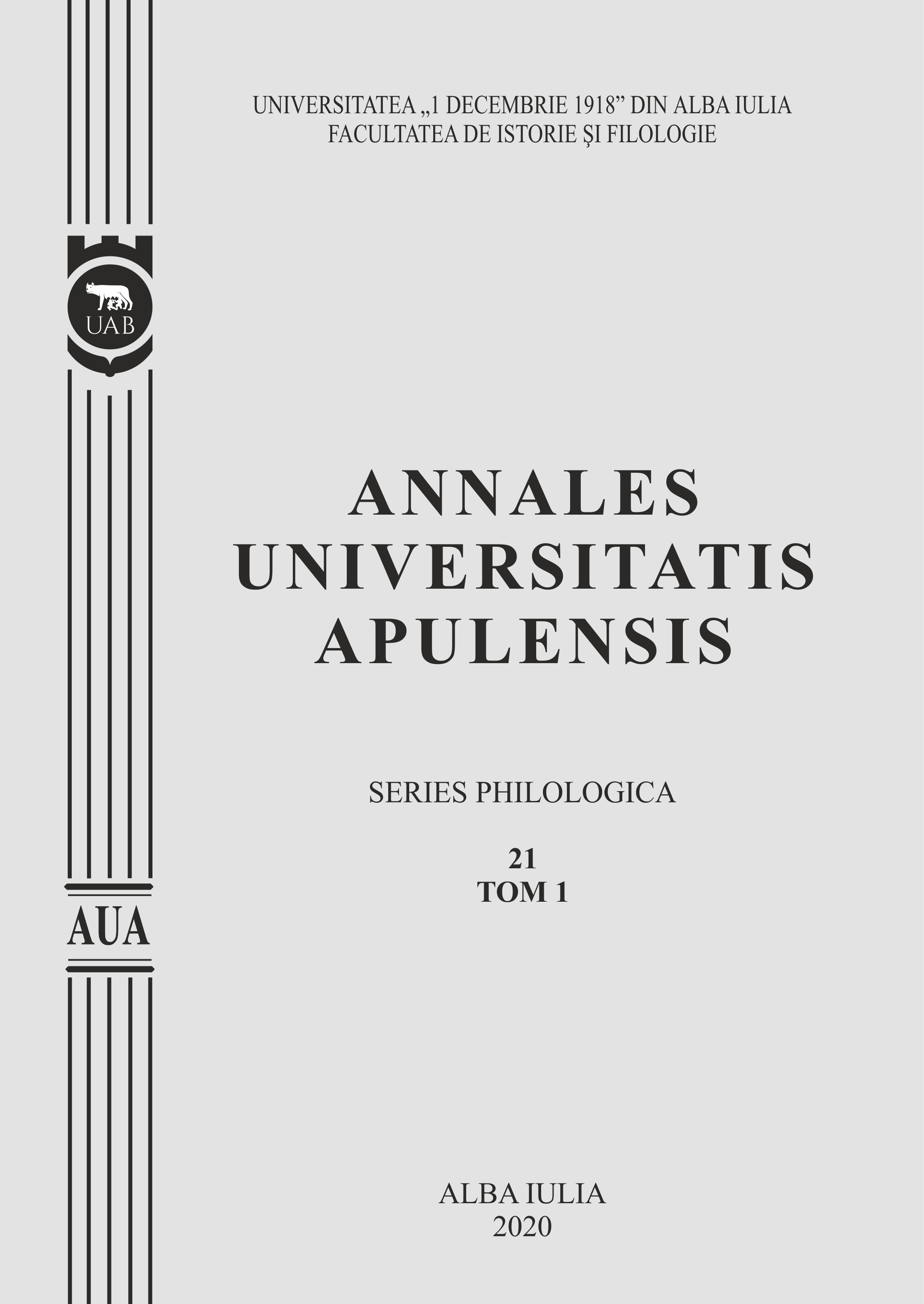RAPORTURI IDENTITARE ÎN IMAGINARUL CAMELIEI CAVADIA – VINA, MĂȘTILE FRICII, PURGATORIUL ÎNGERILOR
IDENTITARY RELATIONS IN THE IMAGINARY OF CAMELIA CAVADIA – VINA, MĂȘTILE FRICII, PURGATORIUL ÎNGERILOR
Author(s): Rebeca-Rahela MarchedonSubject(s): Language and Literature Studies, Studies of Literature, Romanian Literature
Published by: Universitatea »1 Decembrie 1918« Alba Iulia
Keywords: identity; transformation; trauma; self-distruction; victim; culpability;
Summary/Abstract: The narrative universe of Camelia Cavadia recreates contemporary realities adapted to the social and relational context, including them in a built corpus based on literary fiction. Edified through torturous truths the novels compose images perceived by the creative self, passing them using the prism of one’s own sensitivity. Springing from the area of traumatic sound experiences, aggression and guilt, the imaginary defines the observation of human psychology in the hypostases of suffering, uncertainty, fear and the management of the underground space conceived in the characters’ souls.The narrative figment describes the area of the identities of children which is in a state of transformation or decomposition as a result of the relationship with adult otherness, or with adult in extreme, decisive and anxious situations. The adult contingency with childhood produces successive moves in the order of child’s identity, while the adult’s destinies are transformed by the decision-making power, every time directed towards chaos and self-destruction.In the intimacy of a life located in a traumatic environment, the child or the young man cannot direct their identity and ends up turning it into one dictated by parents or the group to which they belong. Being born in a given social structure, the child is identified with significant people, like parents, and the reality mediated through their prism becomes, in the child’s identity, one imposed and modified in relation to the life experience of the respective people. The formation of self-identity takes place in the process of interaction between the growing individual and others.In Măștile fricii and Purgatoriul îngerilor characters’ identities are gradually created by contextual relation with the experienced trauma, but in Vina, the identity being, even is victim or causative individual, feels the transformation occurring from the decisional power of the overworked man. When tragedy nests in the bosom of the family, the inner change takes place in every member’s personality. It leads the family unit to division, loss of identity and morbid desire for loneliness. The action of all the novels is built in contrast to the reliogisity of the main character’s name. The imaginary contains overturned elements of the idea of divinity. Character’s destiny builds an antinomic relationship with their holy names, leading each person and infant to desolation and thanatic suffering. In Purgatoriul îngerilor each child’s identity is dictated by the unique power of the titanic ruler, manifested by imposition of a new name.The presence of symbolism of the torture instruments, the lost objects and the transgenerational trauma plays the role of the adjuvant elements in the establishments of the anxiety.
Journal: Annales Universitatis Apulensis. Series Philologica
- Issue Year: 21/2020
- Issue No: 1
- Page Range: 146-156
- Page Count: 11
- Language: Romanian

